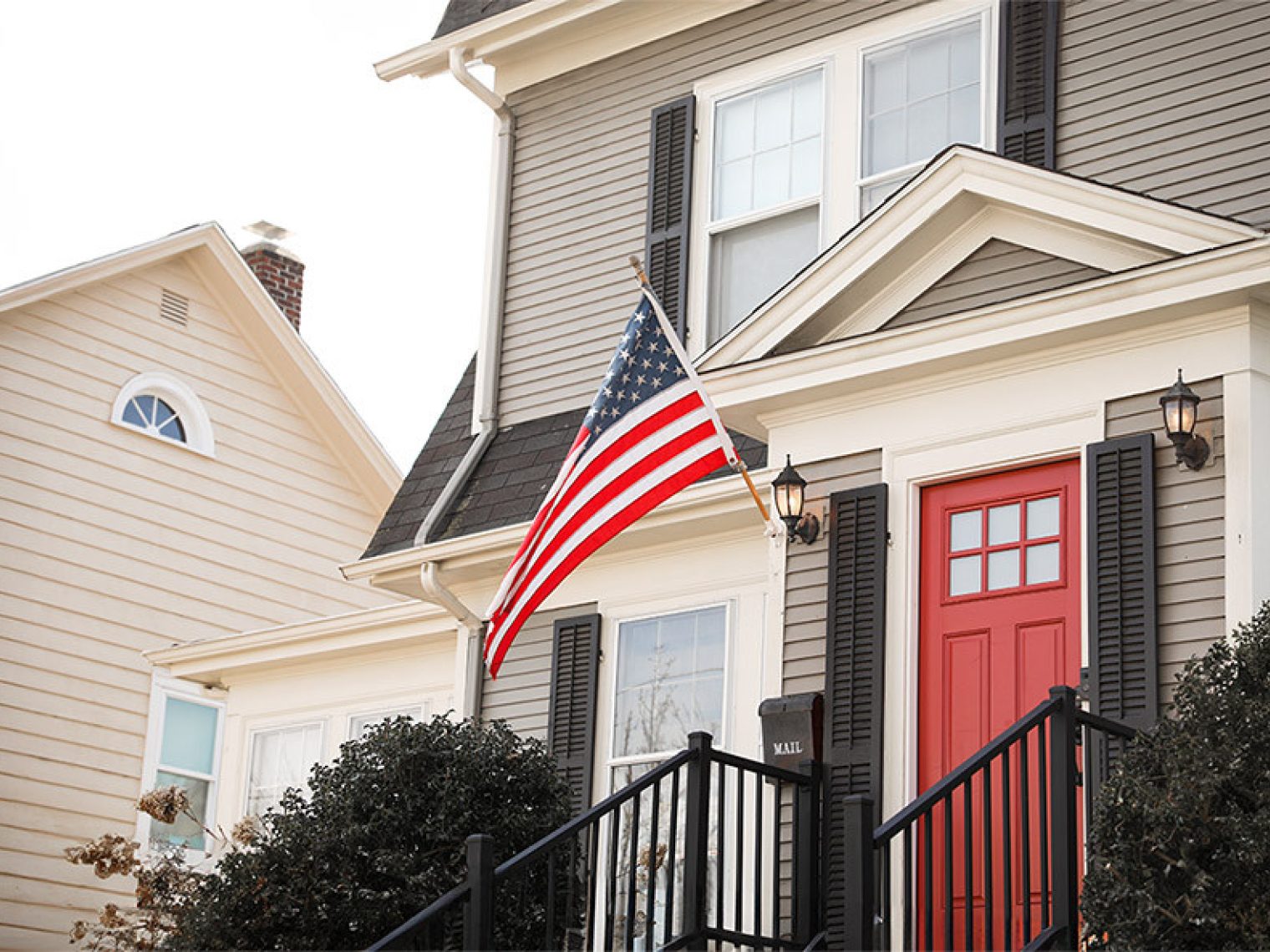Sales slow, inventory climbs and affordability remains a key hurdle as spring housing activity cools nationwide.
The spring homebuying season sputtered in April as sales slowed and inventory hit its highest point in five years, offering buyers more options but underscoring affordability challenges.
Sales of existing homes fell to a seasonally adjusted annual rate of 4.2 million, a six-month low and a 1.1% year-over-year decline, according to Redfin.
Realtor.com reported a 30.6% year-over-year jump in active inventory, the 18th straight month of gains, while Zillow noted that total homes for sale rose 19.6% compared to last year, reaching 1.2 million, which is the highest since August 2020.
Still, many buyers held back amid ongoing economic uncertainty, elevated mortgage rates and affordability hurdles. Pending home sales dropped across multiple reports.
Affordability Pressures Dampen Demand
Despite moderate price growth, the cost of buying a home remains historically high. Realtor.com reported that the national median list price in April was $431,250, essentially flat year-over-year (+0.3%), but the income needed to afford that home has surged nearly $47,000 since 2019.
Mortgage rates continue to be a significant barrier. According to Redfin, the average 30-year fixed mortgage rate was 6.73% in April, up from 6.65% the previous month. Although down slightly from April 2024's 6.99%, the rate remains high enough to limit affordability.
These costs are reflected in slowing buyer activity. Median days on market increased to 50 days, up four days from last year according to Realtor.com. At the same time, sellers are responding to the slowdown. About 1 in 4 home listings on Zillow had a price cut in April.
Sellers Confidence on the Rise
While buyers are cautious, sellers are returning to the market in increasing numbers. New listings rose across all major sources: +7.6% year-over-year (Zillow), +9.2% (Realtor.com) and +1.3% (Redfin).
This influx of listings is helping close the gap with pre-pandemic norms. Realtor.com noted that inventory in the West and South has fully recovered to 2017-2019 levels. However, the Northeast and Midwest still lag significantly, with inventory down 55.7% and 44%, respectively, compared to pre-COVID averages.
Still, many sellers are tempering expectations. The growing number of price cuts signals that sellers are adjusting to softer demand.
Builder Sentiment Slides
New home builders are also feeling the squeeze. Builder confidence fell six points in May to a Housing Market Index (HMI) score of 34, according to the National Association of Home Builders (NAHB), the lowest since December 2022.
To move inventory, more builders are cutting prices and offering incentives. In May, 34% of builders reported cutting prices, up from 29% in April, while 61% used incentives.
More Options, Mixed Signals
April's data presents a market in transition. Inventory is rebounding, price growth is moderating, and mortgage rates are relatively stable. But some buyers remain hesitant to jump into the market.
For buyers frustrated by the inventory drought and fierce bidding wars of recent years, April offered a silver lining: more homes to choose from and growing room to negotiate. Whether that trend continues into the summer will largely depend on how mortgage rates and economic sentiment evolve in the months ahead.
Related Posts
-
 2026 VA Disability Calculator With Pay ChartsNew VA disability compensation rates took effect December 1, 2025. See the current VA disability pay chart, and calculate your monthly compensation.
2026 VA Disability Calculator With Pay ChartsNew VA disability compensation rates took effect December 1, 2025. See the current VA disability pay chart, and calculate your monthly compensation. -
 What Deployed Troops Really Want in Their Military Care PackagesFinding the right items to send overseas can be a challenge. We've included all the items service members really want in their military care packages.
What Deployed Troops Really Want in Their Military Care PackagesFinding the right items to send overseas can be a challenge. We've included all the items service members really want in their military care packages.

